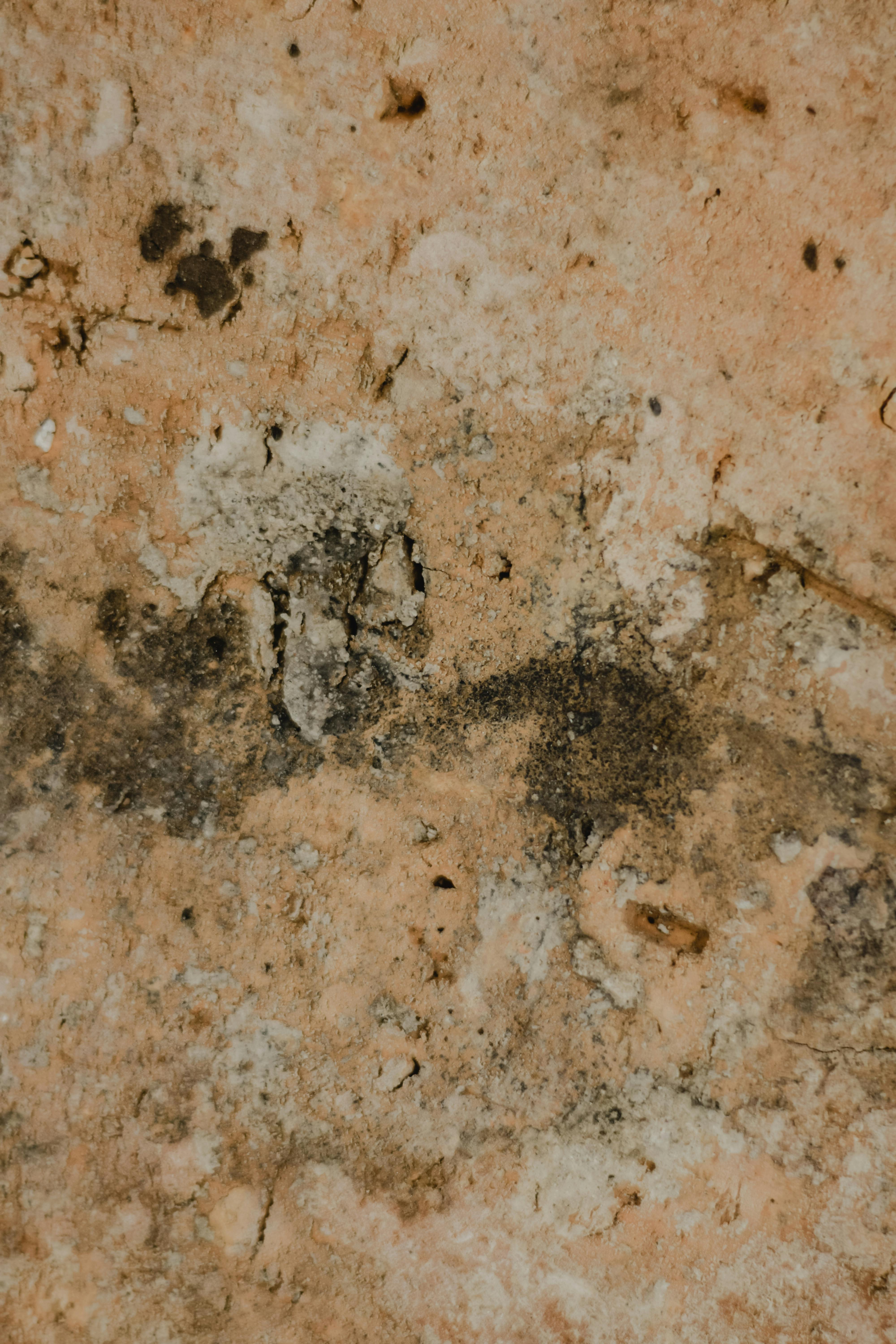Understanding Schimmel Wand: Causes, Prevention, and Solutions
Schimmel wand, commonly known as wall mold, is an issue many homeowners face. It not only affects the aesthetics of your home, but it can also pose serious health risks if not addressed promptly. In this article, we will explore the causes of schimmel wand, methods for prevention, and effective solutions to remove it.
What Causes Schimmel Wand?
The primary cause of **schimmel wand** is excess moisture in the air or on surfaces. Common sources include leaks, condensation, and high humidity levels. When certain conditions are met, mold spores that are always present in the air begin to grow and multiply rapidly, leading to the appearance of mold on walls. For instance, newly constructed homes may suffer from **schimmel wand** due to insufficient ventilation during the drying phase of building materials.
Environmental Factors Leading to Mold Growth
One of the foremost aspects affecting **schimmel wand** development is the environment. Areas with high humidity and insufficient airflow are breeding grounds for mold. If your home is located in a damp environment, consider investing in a dehumidifier to help reduce moisture levels. On the other hand, ensuring proper ventilation in bathrooms and kitchens can significantly lower the risk of mold growth. Installing exhaust fans and opening windows can help circulate air and expel excess moisture.
Common Household Activities Contributing to Moisture
Everyday activities like cooking, showering, and even drying clothes indoors can contribute to moisture buildup. When hot, steamy air from these activities is trapped indoors, it creates an ideal environment for **schimmel wand** to thrive. To counteract this, make a habit of using exhaust fans and opening windows during and after such activities. Additionally, avoid placing wet items against walls where moisture can seep into the surfaces, leading to future problems.
Prevention Strategies for Schimmel Wand
Preventing the growth of **schimmel wand** is far more effective than dealing with the consequences later. Implementing consistent maintenance routines can drastically minimize mold risks in your home. Here are some practical steps for prevention.
Regular Inspections and Maintenance
Conducting regular inspections in damp areas of your home is crucial. Look for any signs of leaks or spots where moisture may accumulate. Common areas include bathrooms, kitchens, and basements. By addressing issues such as slow leaks or condensation early, you can prevent **schimmel wand** from taking root. Repairing roofs, gutters, and plumbing issues promptly will also alleviate potential moisture problems.
Utilizing Mold-Resistant Products
When renovating or painting, consider using mold-resistant products, such as paints and drywall. These specialized materials are designed to inhibit the growth of mold, providing an additional layer of protection. Applying mold-resistant agents to walls and ceilings in moisture-prone areas is a proactive way to ensure a stable, mold-free environment in your home.

Effective Solutions for Removing Schimmel Wand
If you find yourself with existing **schimmel wand**, don’t panic. Various effective solutions can address this issue, helping restore your home to a healthy state.
DIY Cleaning Solutions
You can efficiently tackle small areas of **schimmel wand** on your own before calling in professionals. A simple mixture of water and white vinegar or hydrogen peroxide can eliminate mold spores. Spray the solution on the affected area and allow it to sit for at least an hour. Afterward, scrub the mold with a brush, then rinse the area with water, ensuring all residue is removed. For tougher spots, consider using a diluted bleach solution, but ensure proper ventilation and safety precautions are in place.

When to Call Professionals
In instances where **schimmel wand** covers large areas or is deeply embedded within walls, it’s best to consult professionals. Mold remediation experts have the necessary equipment and knowledge to handle extensive infestations. They will also provide recommendations on how to prevent future occurrences, ensuring your home remains a safe space.
Key Takeaways
- **Schimmel wand** is primarily caused by excess moisture and can lead to health issues.
- Regular inspections and maintenance can help prevent moisture accumulation.
- Utilizing mold-resistant products during renovations is a smart preventive measure.
- Small areas of mold can be treated with DIY methods, while larger infestations may require professional help.
- Maintaining healthy humidity levels with dehumidifiers can drastically reduce mold risks.
FAQ
1. How do I know if I have schimmel wand in my home?
Common signs of **schimmel wand** include visible mold patches, musty odors, and peeling paint or wallpaper. If you notice any of these symptoms, it’s essential to investigate further and take appropriate measures.
2. Is schimmel wand harmful to my health?
Yes, **schimmel wand** can cause various health problems, including respiratory issues and allergic reactions. Individuals with pre-existing health conditions, such as asthma, are particularly vulnerable to mold exposure.
3. Can I prevent schimmel wand from coming back?
To prevent **schimmel wand** from returning, maintain low indoor humidity, keep surfaces dry, and regularly inspect your home for leaks or moisture accumulation. Implementing ventilation solutions is critical as well.
4. Are there specific types of paints that can help prevent schimmel wand?
Yes, using mold-resistant paints and coatings can significantly reduce the likelihood of **schimmel wand**. These coatings contain antimicrobial agents that inhibit mold growth.
5. How long does it take to remove schimmel wand?
The time required to eliminate **schimmel wand** depends on the extent of the infestation. Minor mold patches may be treated in a few hours, whereas larger infestations can take days or weeks, especially if professional remediation is necessary.
